Dr. Xian-Zheng Zhang and co-workers have fabricated a biodegradable chimeric peptide for cancer therapy and real-time apoptosis imaging.
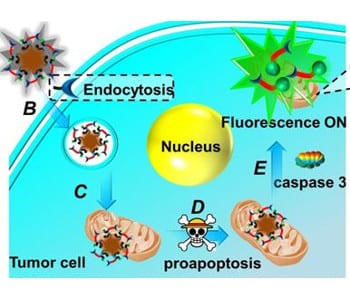

Dr. Xian-Zheng Zhang and co-workers have fabricated a biodegradable chimeric peptide for cancer therapy and real-time apoptosis imaging.
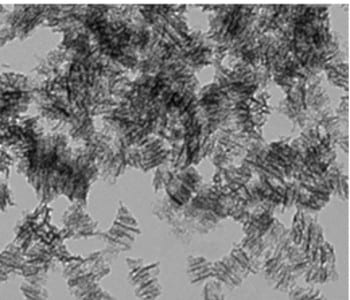
North American researchers have prepared luminescent core-shell nanoparticles from non-toxic silicon for use in biomedical imaging.
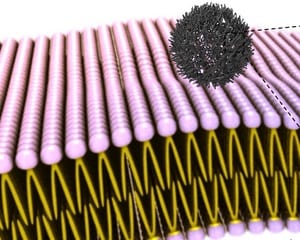
Researchers in Australia have developed a microscopic on-off light to help investigate how drug delivery systems interact with cells.
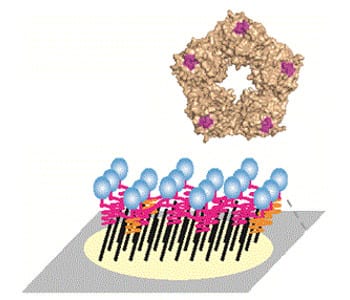
An interface that models inflammation and infection will allow researchers to investigate biomolecular dynamics changes in local microenvironments.
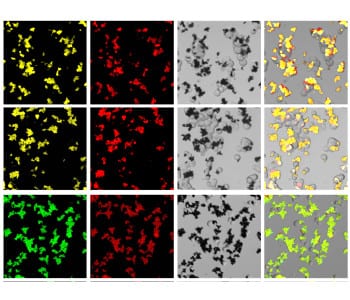
Researchers have reported a new method for detecting cancer cells, using SERS and fluorescence dual-encoded magnetic nanoprobes.

Professor Robert Brown of UCL’s Tissue Repair and Engineering Centre reviews Standardisation in Cell and Tissue Engineering from Elsevier.
Researchers at Nankai University report the design and engineering of a recombinant protein that can be used for drug-delivering hydrogels.
Xuesi Chen and co-workers from the Changchun Institute of Applied Chemistry explore the potential of combining chemotherapy with antiangiogenic therapy.
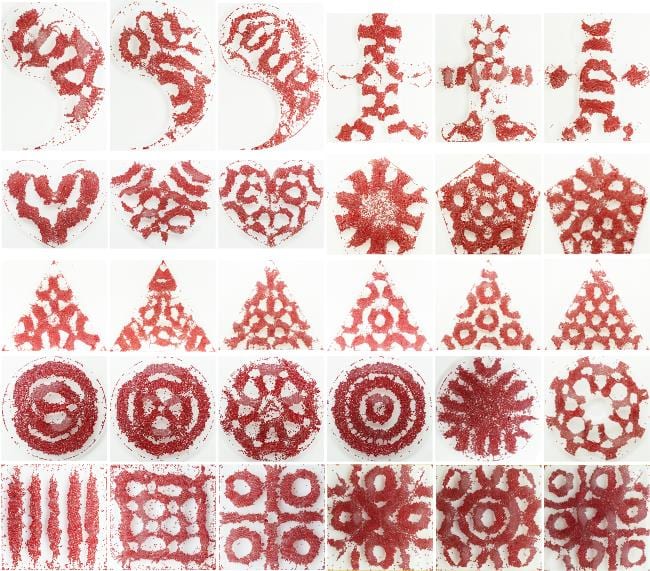
Liquid templates produced by standing (Faraday) waves are used to assemble various soft, rigid, and biological materials in intricate patterns.
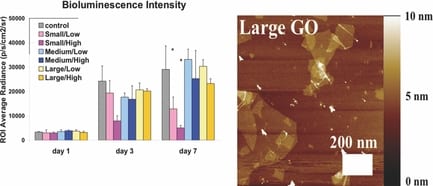
A team from Stanford University has investigated the effects of graphite oxide nanoparticles on mouse embryonic stem cells.